Transit
Forging connections across the Carolinas – one greenway, trail and waterway at a time
Nestled off a quiet street of attractive suburban homes in Waxhaw, there’s a quarter-mile trail in the woods along the Twelve Mile Creek. Near the end of a stone stairway is a striking sight: A 160-foot suspension bridge connecting Waxhaw, North Carolina, and Indian Trail, South Carolina. You can embrace the bridge’s wobbles during the […]
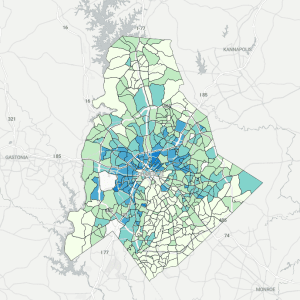
New maps show Charlotte demographic trends
New data on the Quality of Life Explorer mapping tool paint a picture of how demographics are changing across Charlotte and Mecklenburg County, as well as other measures such as bicycle friendliness, voter participation and average water consumption. The Quality of Life Explorer is a joint tool of Mecklenburg County, the city of Charlotte and […]
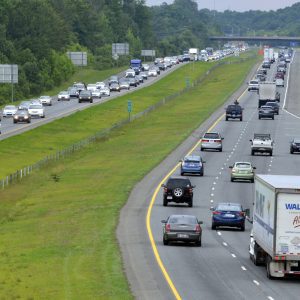
Commuting and the Charlotte region’s economic connections
An array of environmental, cultural and economic connections together give rise to the interdependence of the Carolinas Urban-Rural Connection study region. But none of these connections are more economically significant than the flow of workers within our regional economy. Counties within the region relied on out-of-county commuters for their workforces more in 2015 than at […]
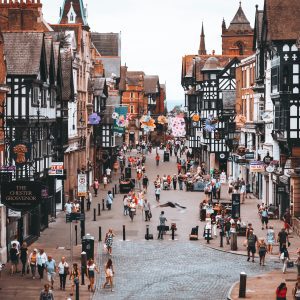
Should Charlotte make one of its major streets pedestrian-only?
Charlotte has a reputation as a car city, but many of its leaders badly want to promote more biking, walking and transit use. That’s one reason an intriguing idea kept surfacing at this week’s City Council Transportation & Planning Committee meeting: Why not take all the cars off a major street in uptown or South […]
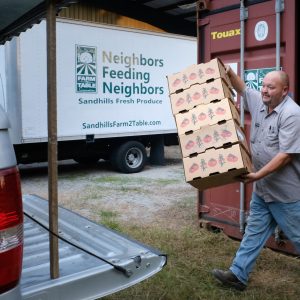
People appear to commute farther for certain kinds of jobs
To better understand commuters in the Carolinas Urban-Rural Connection region down to the individual level, we studied anonymized cell phone tracking data at select employment locations, seeking to determine how commuter connections differ between types of business districts and types of firms. By mapping the residential location of workers at a broad range of employment […]

CATS is zeroing in on light rail expansion to Pineville, Ballantyne
The Charlotte Area Transit System took another step towards expanding the region’s transit network this week, with recommendations for how to extend the Blue Line light rail about five miles through Pineville to Ballantyne. At the Metropolitan Transit Commission, staff presented their preferred routes, which would take the rail line across Carolina Place Mall along […]

2020: Four plans coming together next year will guide growth for a generation
Next year’s news cycle is already looking pretty crowded, between big-ticket events like the Republican National Convention in Charlotte, the summer Olympics in Tokyo and, of course, the 2020 presidential, gubernatorial and congressional elections. But if there weren’t so much else going on, 2020 might be known as something else in Charlotte: The Year of […]

The Urban Institute Research Faculty Fellows seek to better our region
A new program designed to identify solutions for some of the pressing needs and issues facing the greater Charlotte region is getting underway this fall at the UNC Charlotte Urban Institute. For the first time, the Institute has named a cohort of Faculty Fellows to conduct research projects and work alongside local stakeholders to understand […]
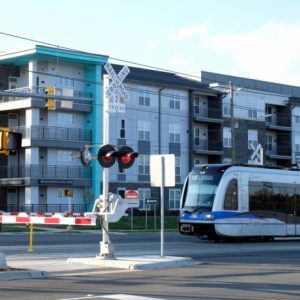
(Almost) everything you ever wanted to know about TOD but were afraid to ask
Since Charlotte City Council approved TOD Article 15 – the new Transit Oriented Development ordinance – last April, land use consultants, architects, real estate attorneys and other insiders have had ample opportunity to sort out these new rules. As for laypersons, gleaning what they need to know from TOD’s eighty-one page assemblage of definitions, rules, […]
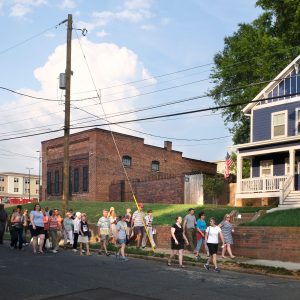
Want to know why developers are embracing walkable urbanism? Follow the money.
Charlotte’s suburbs are starting to look more like urban areas, and a new study is pointing to the value to be gained from promoting walkable, transit-connected, urban-style growth. Real estate experts have said they’re responding to market pressure: Businesses, workers and residents want to get from home to work to dinner without spending big chunks of their day in a car, and suburban-style developments that cater exclusively to drivers no longer cut it.